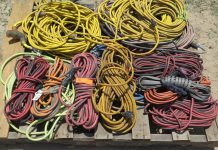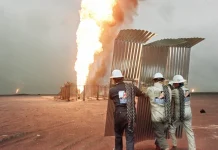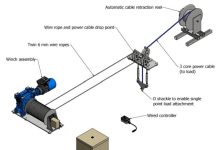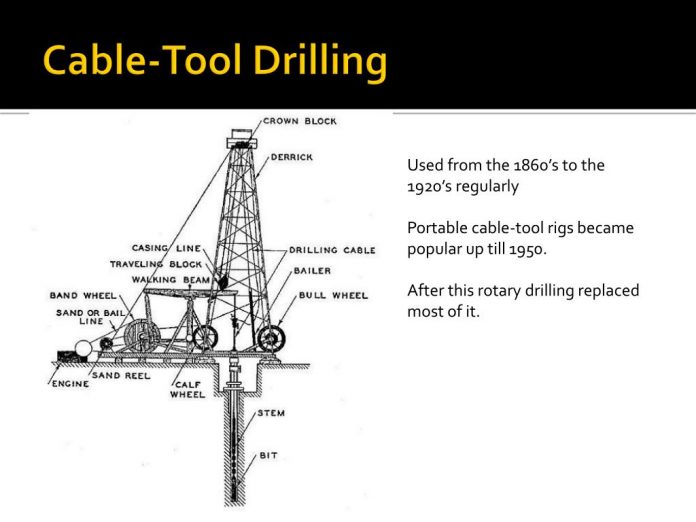
BREA, California – In our last installment of History Corner, we addressed some obsolete phrases and sayings in the oil industry. Today we discuss obsolete equipment. If a youngster actually reads an old well file, he or she may come across a term that is a puzzle to them. Herein we discuss a few.
Cable Tools
This was the original method of drilling wells and used for many decades until the development of rotary tools. The rig uses a heavy chisel-shaped bit moving up and down on a cable to pulverize its way into the rock. It may be thought of as a kind of pile driver. Periodically the bit is lifted out of the hole and a bailer removes the pulverized rock. Casing may be put in the hole when appropriate. The operation was slow and tedious. It is still used for some drilling of water wells but rotary tools are now used for almost all oil and gas wells. See the illustration above.
Jackline
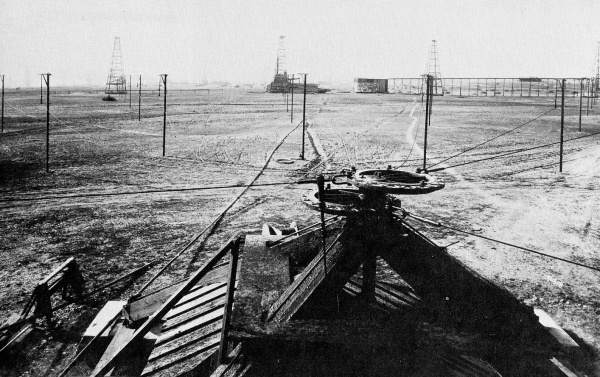
A jackline system consists of a belt-driven wheel mounted on the vertical shaft of an engine with the hub offset rather than running through the center of the wheel. This wheel, called the “eccentric” rotates within a second wheel called the “slip wheel.” Attached to the slip wheel are steel cables called “jacklines” which stretched from the slip wheel to oil wells surrounding the central engine unit. This arrangement caused the jacklines to move back and forth, providing the motive energy to the pumping units on the oil wells. As many as 20 wells could be powered by a single engine. Setting up and fine tuning such a system was quite complicated and in time the system fell out of favor.
Torpedo
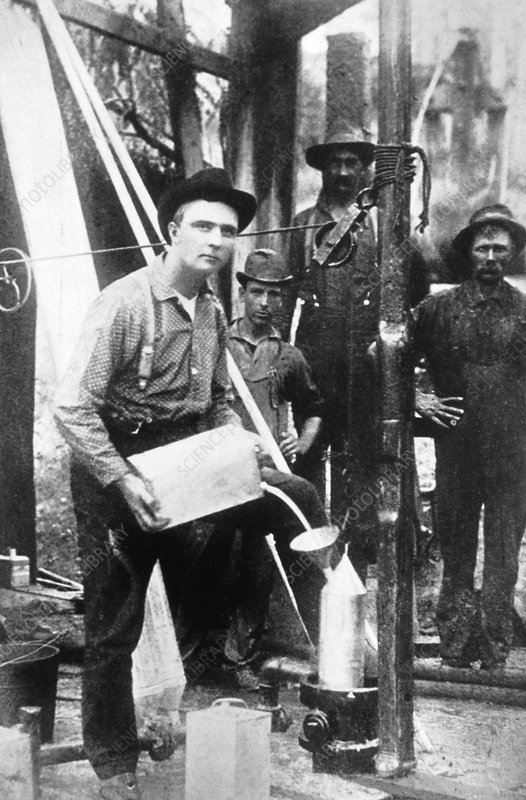
A torpedo is an explosive device used in the early days of the petroleum industry to fracture the surrounding rock at the bottom of an oil well to stimulate the flow of oil. It was also used to remove built-up paraffin that would restrict the flow. Earlier torpedoes used gunpowder, but the use of nitroglycerin eventually became widespread. Torpedoes had an unfortunate habit of detonating early and killing the rig crew. The development of hydraulic fracturing, hot oil trucks and casing scrapers rendered torpedoes obsolete.
Wooden Pump Jacks
Yes, kiddies, pump jacks were once made of wood. Oh, there were iron pieces but the actually structure was wood. Why? Wood was the cheapest, most abundant material available. Even the flywheel was wood. The individual units were for the most part hand-crafted to fit the well. Beginning with Lufkin Industries in 1902, standardized steel pump jacks eventually became the units of choice.
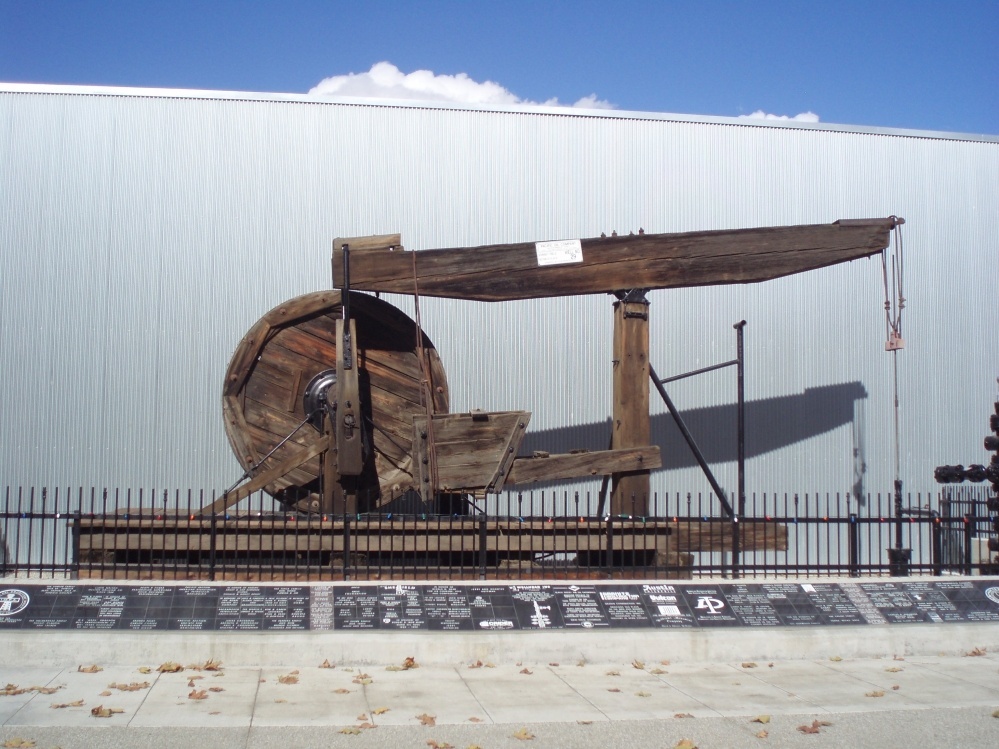
Well, there you have it, good people. I hope you’ve enjoyed this installment of my History Corner series. Next, we’ll take a look at obsolete people/roles in the industry. Stay tuned.

